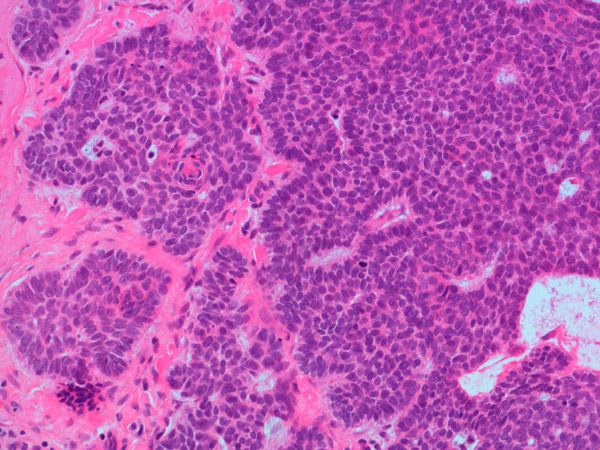

Basal cell carcinomas grow slowly. If basal cell carcinomas are not treated they may form a locally destructive ulcer. When the ulcer enlarges it may cause damage to surrounding structures i.e. eyes or nose.
Basal cell carcinoma most often occurs on sun exposed areas e.g. head, neck or upper trunk, although they may appear on other parts of the body. They usually start as small, round or flat lumps, which are red, pale or pearly, and may have blood vessels on the surface. They often bleed.
If you have one basal cell carcinoma, you are also likely to have others, either at the same time or in later years. Treatment is usually surgical excision - wide local excision or Mohs micrographic surgery - followed by skin surveillance by Dr Banky. Other treatment options include topical chemotherapeutic agents, PDT, cryosurgery, curettage and diathermy.



 03 9519 9500
03 9519 9500